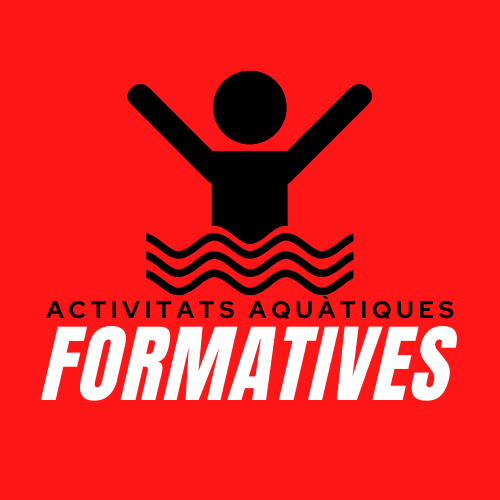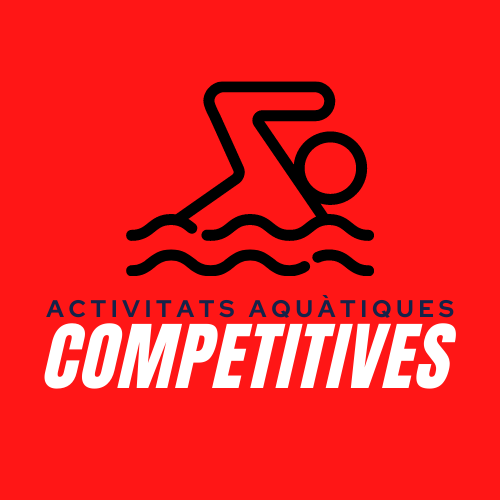INTRODUCCIÓ
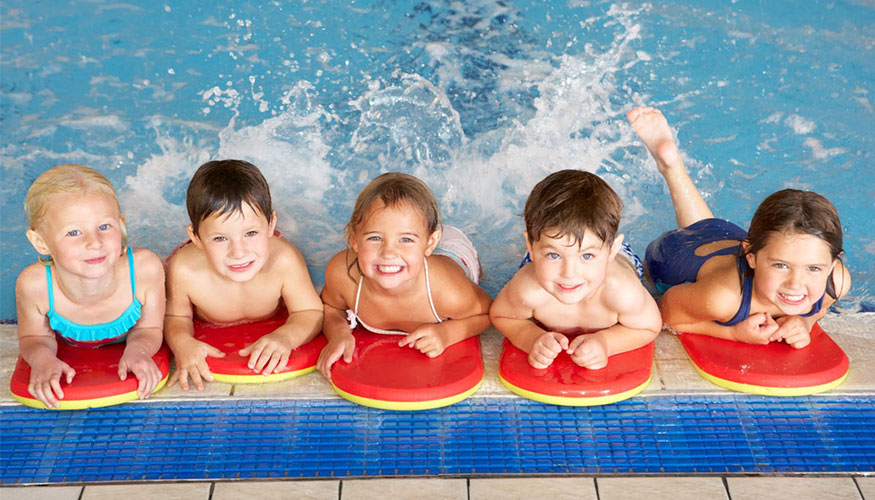
•Els programes d’activitats aquàtiques, especialment les escoles de natació, contemplen objectius diferents depenent de les entitats on estan enquadrades.
•Conseqüentment, un centre d’ensenyament focalitzarà finalitats formatives i educatives, complementant el programa curricular d’educació física; a nivell municipal, es tendirà envers una finalitat utilitària i formativa i en el marc d’un club o associació esportiva es dirigirà l’aprenentatge i entrenament envers una finalitat competitiva.
•From the Municipal Sports Area of L'Ametlla de Mar, an integrative and holistic methodology is proposed, optimizing the objectives and contents in the different evolutionary stages with an epicenter on training and educational values through utilitarian connotations, of learning and technical improvement, of improving the physical condition and the values of the competition, respecting at all times the principles of individuality and progression.
•The proposed methodology pursues as a final goal the achievement of the motor and technical skills to develop comfortably in the water, dominate the aquatic environment and promote the highest knowledge and technical mastery of swimming styles, conèixer i experimentar les alternatives i disciplines esportives que ofereix, adquirir els principis bàsics per a l’auto-prescripció de l’entrenament atenent la pròpia condició física i tècnica i, transversalment, fomentar els valors educatius i socials en totes les seves etapes i continguts.
ACTIVITATS AQUÀTIQUES FORMATIVES
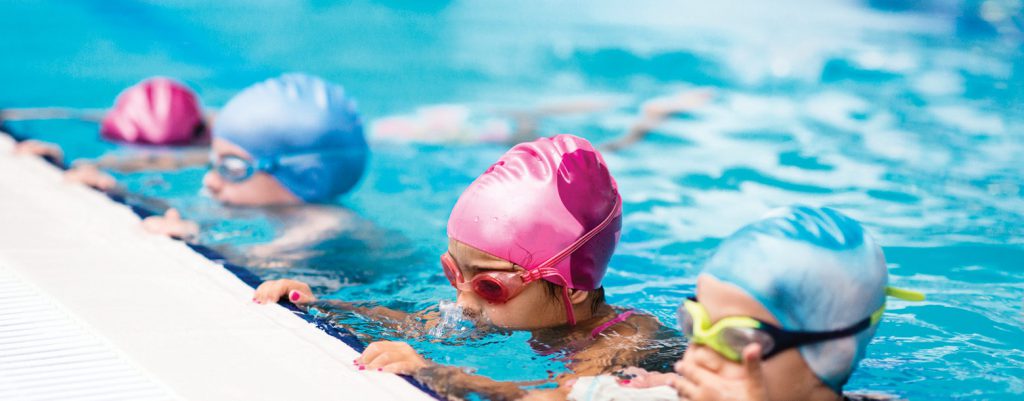
Etapes Escola de Natació
Diferenciem tres etapes formatives generals:
ETAPA 1: Adaptació i domini del medi aquàtic.
ETAPA 2: Aprenentatge de la tècnica d’estils natatoris.
ETAPA 3: Perfeccionament de la tècnica d’estils natatoris, iniciació als jocs i esports aquàtics i iniciació a la natació esportiva.
•Aquesta classificació general permet estructurar els objectius respectant l’estat evolutiu de l’infant des de la seva iniciació, en la primera etapa, on predominen aspectes de caire més afectiu i de necessitat d’adaptació i domini del propi cos dins el medi aquàtic; d’assolir, en la segona etapa, una major eficàcia i economia en els desplaçaments i girs dins l’aigua a partir de millorar les coordinacions i els estils natatoris; i de donar a conèixer i experimentar la natació esportiva i les diferents disciplines esportives que ofereix el medi aquàtic, en una tercera etapa.
ETAPA 1: ADAPTACIÓ I DOMINI DEL MEDI AQUÀTIC

OBJECTIU GENERAL
•Aconseguir la resolució de potencials limitacions afectives (pors) i assolir seguretat i autonomia per a una òptima adaptació al medi aquàtic respectant en tot moment el principi d’individualitat.
CONTINGUTS GENERALS
Habilitats d’adaptació al medi aquàtic:
•Familiarització
•Respiració
•Flotació
•Propulsió / Desplaçaments
•Entrades / Salts
Habilitats de domini del medi aquàtic:
•Girs
•Equilibris / Desequilibris
•Coordinacions
ETAPA 2: APRENENTATGE DE LA TÈCNICA D’ESTILS NATATORIS

Els 4 estils natatoris:
•Crol o Crawl
•back
•Braça
•Papallona
Cada estil ofereix unes avantatges i inconvenients envers el desplaçament dins el medi aquàtic i unes complexitats coordinatives per al seu aprenentatge a les que cada alumne s’hi adapta d’acord amb la seva predisposició o afinitat, condició física o altres factors individuals que caldrà identificar i respectar.
Atenent la complexitat coordinativa dels diferents estils natatoris es proposa la següent progressió en el seu ensenyament:
1r.- Crol, 2n.- back, 3r.- Braça i 4r.- Papallona.
TARGETS
•L’objectiu principal d’aquesta etapa és l’aprenentatge tècnic dels següents estils natatoris:
•Crol o Crawl
•back
Promote the acquisition of sports habits that move away from habits that are harmful to health and complement the growing number of sedentary habits
Continguts / Seqüència metodològica:
A trets generals ens servirem d’aquesta progressió per als diferents estils:
•Consecució d’una òptima posició corporal.
•Acció propulsiva de cames de forma aïllada.
•Acció de cames de forma aïllada en coordinació amb la respiració (frontal, lateral).
•Acció propulsiva de cames coordinada amb la propulsió d’un braç (punt mort, continu).
•Acció de cames en coordinació amb la respiració (frontal, lateral) amb la propulsió d’un braç (punt mort, continu). •Coordinació global de cames i braços de l’estil natatori.
Totes les accions contemplaran una progressió assistida de material auxiliar fins la seva realització de forma lliure.
ETAPA 3: PERFECCIONAMENT DE LA TÈCNICA D’ESTILS NATATORIS, INICIACIÓ ALS JOCS I ESPORTS AQUÀTICS I INICIACIÓ A LA NATACIÓ ESPORTIVA
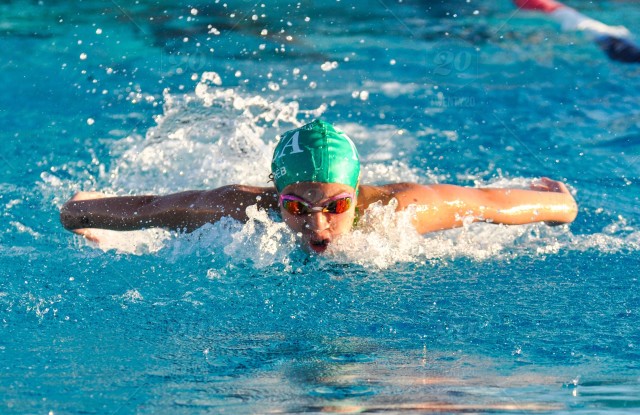
TARGETS
•L’objectiu principal d’aquesta etapa és l’aprenentatge tècnic dels següents estils natatoris:
•Braça
•Papallona
•Perfeccionament de la tècnica d’estils natatoris.
•Sortides i viratges.
•Iniciació als jocs i esports aquàtics
•Iniciació a la natació esportiva
ACTIVITATS AQUÀTIQUES COMPETITIVES
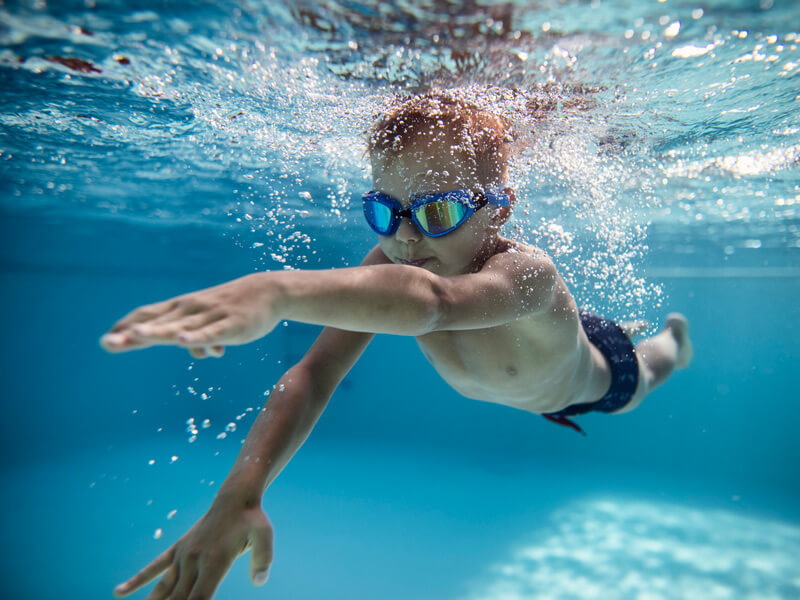
Etapes Activitats Aquàtiques Competitives
Natació Esportiva 1.- Iniciació a la competició

CATEGORIES
•Prebenjamí.
•Benjamí.
•Aleví.
TARGETS
•Prepare athletes to compete in preferably short distances (25-100m).
•Experience the competition in the different swimming styles without tending towards specialization.
•Promote the positive individual and collective values of the competition.
CONTENTS
•Introduction to the Exit Technique of the different styles.
•Introduction to the Arrival Technique of the different styles.
•Introduction to the Turning Technique of the different styles.
•Improvement of individual swimming times, preferably in short distances (25-100m) .
•Relays preferably in short distances (25-100m).
ATTITUDES, VALUES AND RULES:
•Introduction to the concepts and values of:
- will, commitment, dedication, effort and perseverance.
- Spirit of improvement and personal improvement.
- collaboration, solidarity and teamwork.
- Acceptance of own limitations and results.
- respect, humility, self-concept and self-esteem.
EVALUATION – LEVEL PASSING:
•In general, the Sport Swimming level pass 1 in Sports Swimming 2 will come conditioned by the step to the children's category.
•The individualized evaluation of the swimmers will be based on the following indicators:
1.Time improvement tests in between tests 25 i 100 m of the different swimming styles (depending on the category).
2.Technique tests of the different swimming styles.
3.Output tests, arrivals and turns of the different swimming styles.
4.Qualitative evaluation of the achievement of programmed values.
Natació Esportiva 2.- competition

CATEGORIES
•Children's
•Cadet
•Youth
•Senior
TARGETS
•Prepare the athletes to compete in distances adapted to the individual characteristics of the athlete.
•Promote individualized competition strategies for the different events in which the athlete participates.
•Improve the performance of athletes in the tests they take part in.
•Provide the athlete with basic knowledge of individual self-prescription of training.
CONTENTS
•Technique and Departure time of the different styles.
•Technique and Arrival time of the different styles.
•Technique and turning time of the different styles.
•Improvement of individual swimming times in distances adapted to the characteristics of the athlete.
•Training of the concepts of stroke frequency and length adapted to the individual characteristics of the athlete and the different tests in which he participates.
•Specific physical preparation adapted to the individual characteristics of the athlete and the different tests in which he participates.
•Fractional training by partials adapted to the individual characteristics of the athlete and the different tests in which he participates.
•Competition strategies in the different tests in which the swimmer participates.
ATTITUDES, VALUES AND RULES:
•will, commitment, dedication, effort and perseverance.
•Spirit of improvement and personal improvement.
•collaboration, solidarity and teamwork.
•Acceptance of own limitations and results.
•respect, humility, self-concept and self-esteem.
•Spirit of seeking excellence based on individual performance possibilities.
EVALUATION – LEVEL PASSING:
•The individualized evaluation of the swimmers will be based on the following indicators:
1.Time improvement tests in the tests in which the swimmer participates
2.Technique tests of the different swimming styles.
3.Output tests, arrivals and turns of the different swimming styles.
4.Qualitative evaluation of the achievement of programmed values.

